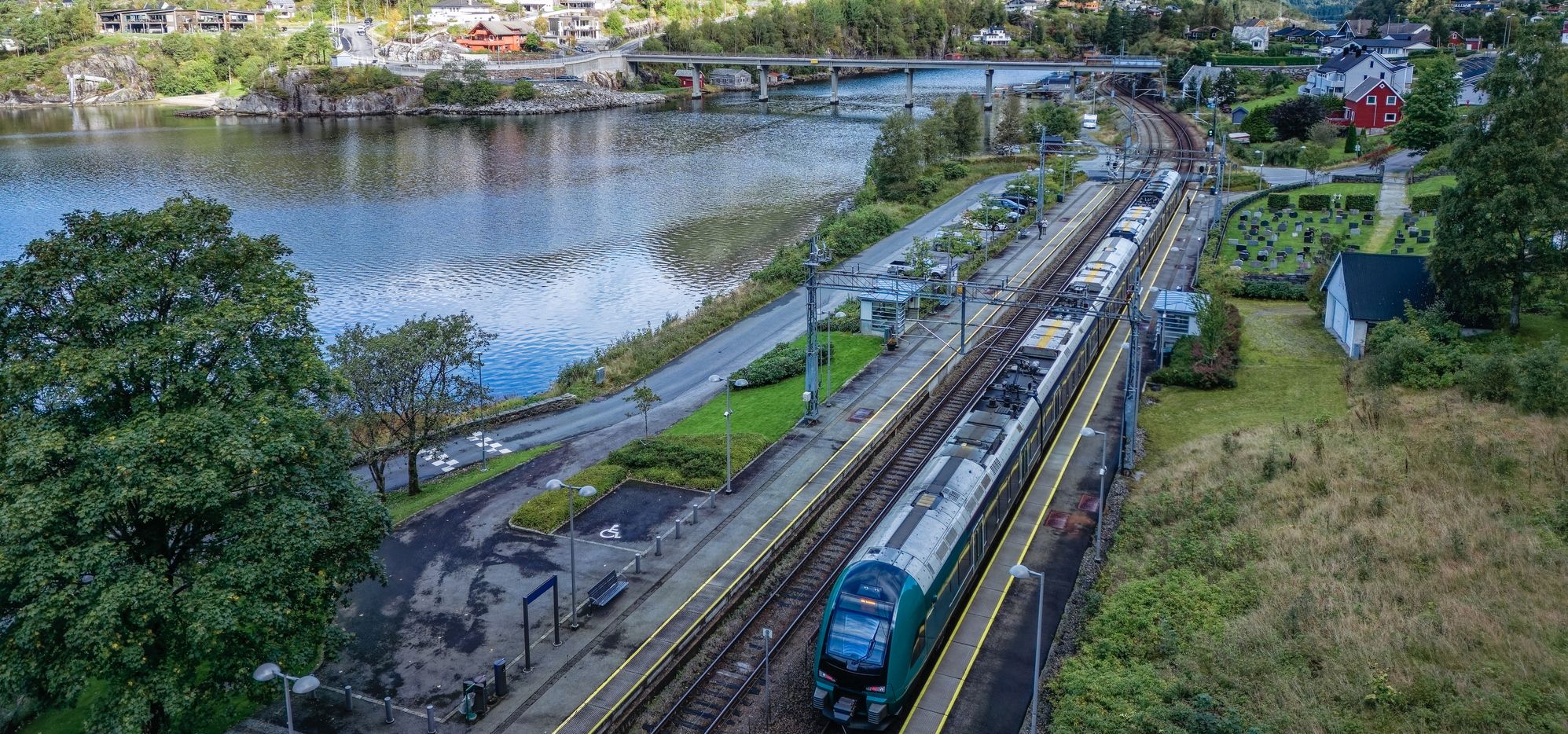Climate and Environmental Footprint

Limiting global warming to a certain level requires achieving at least net-zero CO2 emissions and significant reductions in other greenhouse gases. Our mission, maintaining trains, contributes positively by shifting freight and passengers from air and road to rail.
However, Mantena's core operations have a significant footprint. We believe it is possible to reduce this footprint.
This is why we at Mantena have committed to achieving net-zero emissions from our own operations by 2050, just over 25 years from now.
Relevant UN Sustainable Development Goals for this target area:

Relevant Material Topics:
- Climate and environmental footprint from the production and transport of input factors
- Climate and environmental footprint from transport between workshops
- Climate and environmental footprint from workshops
Facts on the Climate and Environmental footprint in Mantena in 2023
0
Environmental Incidents Recorded – Emissions to Soil, Water, or Air


Overall Objectives
- We will achieve climate neutrality by 2050, in line with the EU Climate Law.
- We will have zero environmental incidents, such as emissions or pollution.
- We will establish an ambitious yet realistic plan to reduce our climate impact.
- We will implement science-based targets.

Targets for 2024
- Set Science-Based Targets: Establish science-based targets for reducing greenhouse gas emissions.
- Develop a Master Plan: Create the first version of the master plan to achieve climate neutrality.
- Refine Reporting: Refine our climate and environmental report (scope 1–3) with more activity-based data.
- Waste Management: Map the waste journey at our workshops and implement measures for reduction and better sorting.
- Electric Vehicle Fleet: Start the process of replacing our vehicle fleet with electric vehicles by 2026 (2024: assess the fleet, determine needs, and establish a replacement plan).
- Energy Efficiency: Gain better insights into what is required to reduce kWh consumption at our workshops.
- Decision-Making: Assess the impact on climate and environment in decisions, strategic directions, and investments. Gather insights on how this can be formalized and concretized in our future operations.
- Chemical Reduction: Continue efforts to reduce the number of chemicals by 20% by 2026 (from the 2023 baseline).
- Pollution Guidelines: Establish clearer guidelines and procedures related to pollution beyond hazardous waste management.
Reduced Chemical Usage
In 2023, we have reviewed our chemical usage and started working to reduce the number of chemicals. We have initiated discussions with Bane Nor Eiendom regarding heat emissions due to poor insulation at the Grorud railway workshop. Additionally, we have conducted an analysis of future space requirements for our warehousing and logistics operations, as well as for our component production.
The conclusion is that we can manage with significantly less space, which will enable increased value creation in the existing building at Grorud.
Climate and Environmental Report
The most important work we have done in 2023 is establishing a baseline for tons of CO2 equivalents according to the GHG Protocol for the years 2021, 2022, and 2023. The baseline is currently mainly spend-based. The insights we gain through this work are crucial for setting science-based targets and establishing a realistic plan to achieve these targets.


